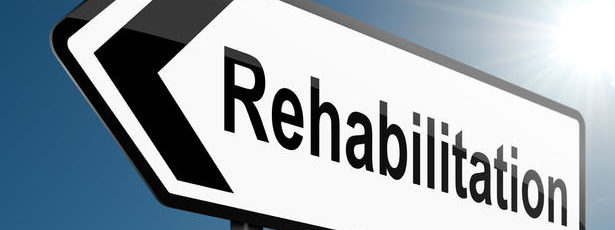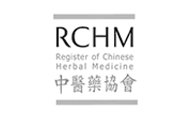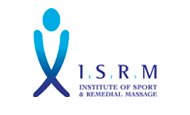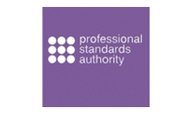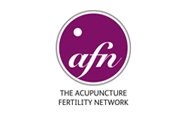Case study describing the course of treatment given in a case of plantar fasciitis using myofascial release, Chinese acupuncture and positional release techniques with a stretching program.
Plantar Fasciitis treatment using acupuncture and positional release.
Case history
A male aged thirty-eight with a three year history of plantar fasciitis presented. He complained of excruciating sharp and burning pains on the soles of his feet that would come and go but were usually worse in the morning. The right foot was worse than the left and the right hamstrings, lower back, soleus and medial head of gastrocnemius were all very tight. The pain extended to the medial heel in the area of Zhaohai KID-6. He had dry skin, but slept well and was otherwise healthy. His tongue was pale and dry with a red tip and his pulse was wiry (xian) and deep (chen) in both proximal positions.
Acupuncture treatment of plantar fasciitis
The plantar fascia connects to the muscles of the calf, including the deep posterior compartment muscles flexor digitorum longus, flexor hallucis longus and plantaris. Such fascial theory directed the focus of treatment towards points along the Bladder channel local to these muscles in order to release the constriction causing the pain.
Prior to needling functional positional release was applied to the leg with the patient lying prone. The palpable tension in tibiails posterior medial to the tibia, the plantaris at Heiyang Bl-55 and the popliteus at Weizhong Bl-40 were used to monitor release.
Chinese medicine diagnosis of this plantar fasciitis
This was diagnosed as qi and blood stagnation in the Bladder channel and sinew channel, with underlying blood deficiency in Chinese medicine terminology. When the blood is insufficient is fails to norish the sinews and tendons, this manifests in tightness, stiffness and discomfort. in time this stagnation can develop to the extent we see here of intense pain at the sole of the foot.
Acupuncture points used in the treatment of plantar fasciitis
Points were used local to the pain to invigorate qi and blood in the channels, support blood and harmonise qi. The points needled were as follows:
- Weizhong BL-40 to release popliteus, activate the channel and clear heat.
- Chengshan BL-57 to release gastrocnemius and soleus and activate the channel.
- Heyang BL-55 to release plantaris and tibialis posterior and activate the channel.
- Yinmen BL-37 to release the hamstrings and activate the channel.
- Zhaohai KID-6 as a local point for pain and support blood production by nourishing the Kidneys.
- Zhongdu LIV-6 (the xi-cleft point) to move blood.
- Sanyinjiao SP-6 to harmonise qi in the three yin channels and support blood.
This treatment was intended to produce an immediate effect, with a view to working in subsequent treatments to balance his posture and underlying Chinese medical patterns. Needle technique was even or reducing; in the case of Chengshan BL-57 and Yinmen BL-37 the needle technique ‘blue turtle finds the cave’ was used to disperse qi and blood stagnation and because it contacts more of the local fascial planes. The patient returned one week later reporting a significant reduction in the sole pain but still complained of tight calves and tightness in his right hip. Based on this, the next two treatments included the following points:
- Juliao GB-29
- Yanglingquan GB-34
These points were included in order to release the tightness around the hips that was biomechanically contributing to his dysfunction and producing back ache.
Results of acupuncture and bodywork treatment of plantar fasciitis
After three treatments all his musculoskeletal problems were much improved and he was able to remain pain-free by regular stretching alone. Some residual stiffness remained but not so much that he felt it necessary to continue treatment. On follow up he was still symptom free 1 year later.


